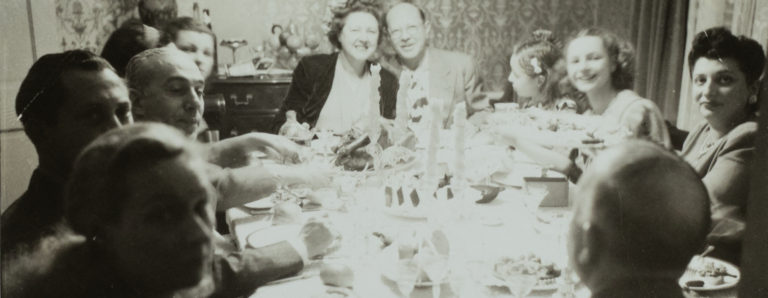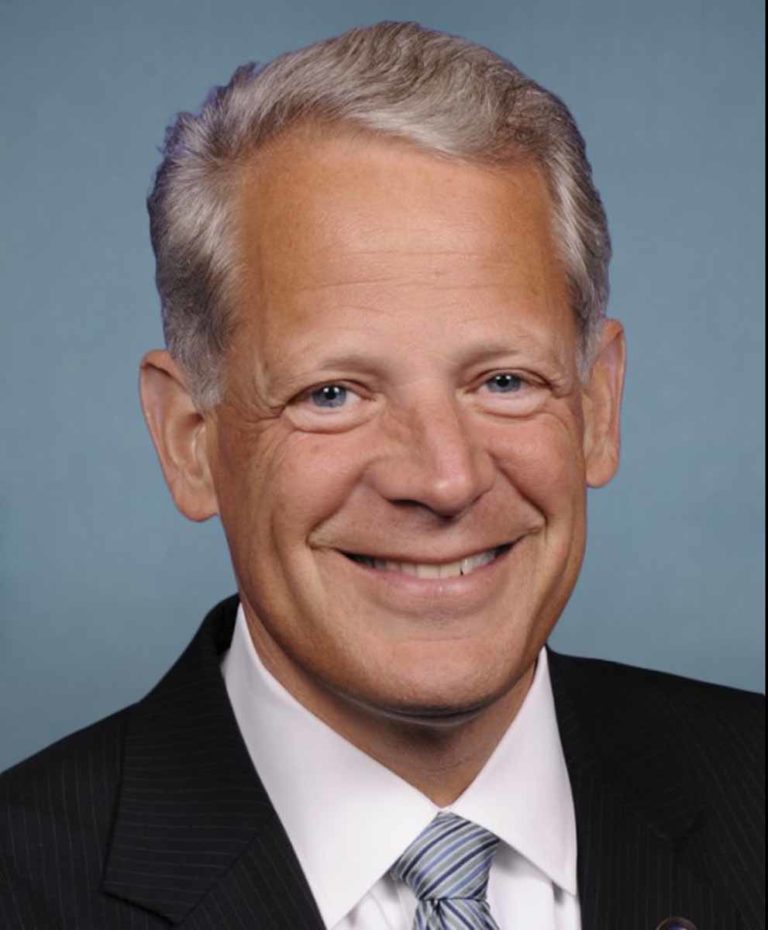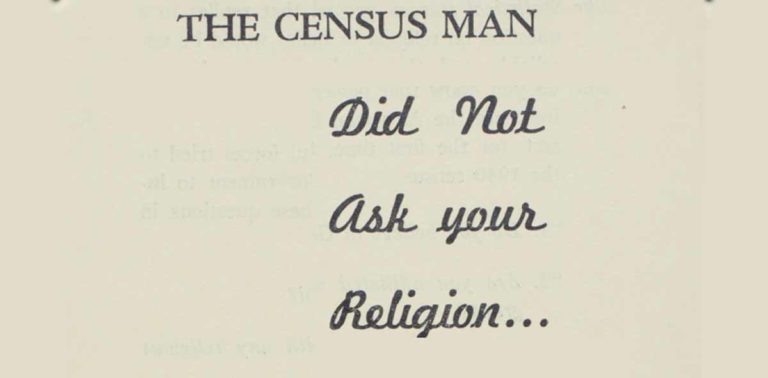One of the most wonderful and gratifying aspects of working in a cultural heritage repository is teaching with primary sources, and demonstrating for students, parents, and teachers how to find and utilize these rich resources in a variety of classroom and instructional settings. At AJHS, we do this instruction in many ways; through exhibitions and interpretive activities, via in-person sessions with schools and other community organizations, and through teacher training workshops. Earlier this summer, AJHS completed a series of sessions with teachers from across the United States, via our partnership with the Gilder-Lehrman Institute, to highlight primary sources from the AJHS library and archival collections in addition to lectures and pedagogical sessions. This year, the theme of the sessions was the experience of childhood in America, from the colonial period through the present day; AJHS used materials from across our collections to illuminate the Jewish-American childhood experience.
Among some of the highlights of the sessions- We used correspondence from the Franks Family Papers (P-142) to discuss the colonial Jewish childhood and adolescence, as the collection contains a trove of letters from a mother to her adolescent son; from these letters, we can discuss topics such as societal expectations of children and their behavior, as well as the effect of the looming conflict (The American Revolution) that is already making itself known in these letters. We used materials from the Hebrew Orphan Asylum (I-42), and other Jewish community organizations, to show how the 19th Century Jewish community mobilized to help children and families experiencing instability and financial hardship. And, we also highlighted materials from the Baron de Hirsch collection (I-80), which showed how trade schools and agricultural training for young people was rolled out in various areas of the country, during the late 19th and early 20th Century. We then also used various library materials to discuss the proliferation of literature both for and about children in the 20th Century, and how these books were produced and disseminated with the American Jewish community. These sessions are a wonderful way for AJHS staff to show our materials to a national audience, and to help ensure that these materials are used for a diverse mix of projects, including classroom education. Below are a selection of materials that were covered during our sessions.
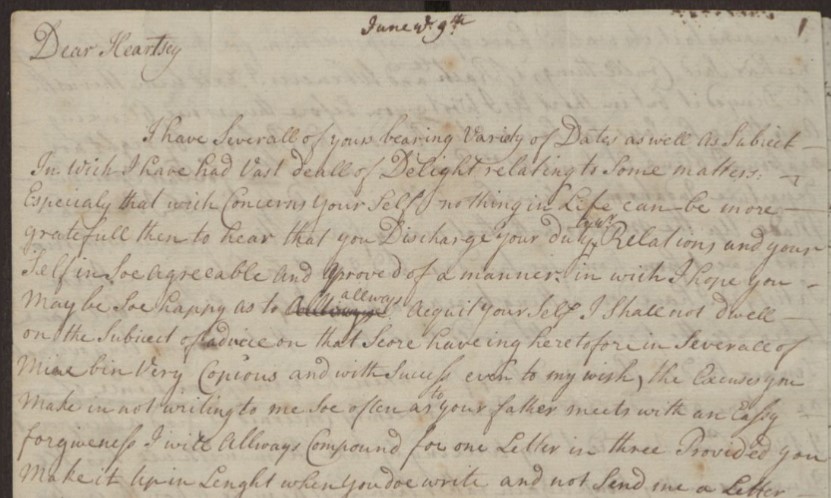
Originally from England, the Franks family were colonial merchants who settled in New York City in the 1700’s. AJHS has a series of letters between Abigail Franks and her oldest son Naphali, who was sent to England for schooling. The letters reveal a great deal about family dynamics and the expectations that parents often impose on their children, the day to life in an affluent Jewish colonial family, and how the Revolutionary War affected families and children. Most of them are addressed to “Heartsey”, which is essentially a Yiddish nickname that roughly translates to “Dear Heart”, showing Abigail’s love and deep affection for her child.

The Lazarus family dated back to the earliest Jewish citizens to settle in New Amsterdam, and were extremely successful in business; Emma Lazarus was a fifth generation American, who lived in the late 19th century in the immediate Union Square vicinity for her entire life. She received an excellent education; she was instructed by private tutors starting in childhood, learned multiple languages (including German, French, and Italian), and had the benefit of her father’s library collection at her disposal. She wrote her first poem at age 11, and also authored a book of poems as a teenager, which was privately printed by her father and distributed to close friends and other members of their social circle. She engaged in translation and editing work starting as a teenager, translating works by Heine, Dumas, and Hugo, among others.
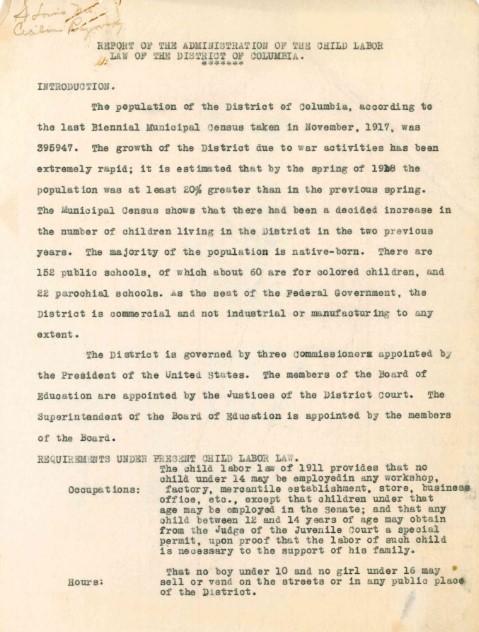
AJHS is home to the papers of Cecilia Razovsky (P-290), an immigration and relief worker whose early career included working as an Attendance Officer for the St. Louis Board of Education, 1911. Her role included interviewing applicants and issuing employment certificates to children who qualified. She later became an inspector for the Child Labor Division, Children’s Bureau in D.C. in 1917. The document pictured is the first page of the Report of the Administration of the Child Labor Law of the District of Columbia.
“The child labor law of 1911 provides that no child under 14 may be employed in any workshop, factory, mercantile establishment, store, business office, etc., except that children under that age may be employed in the Senate; and that any child between 12 and 14 years of age may obtain from the Judge of the Juvenile Court a special permit, upon proof that the labor of such child is necessary to the support of his family.”

Published in 1940, Joey Meets His People is about religious observance, and finding inspiration from Jewish stories and heroes. Joey, the protagonist, doesn’t like going to Hebrew school, until one day he has a dream where he travels back through time and meets biblical figures, such as Judah and the Maccabees. The author was a classically trained artist, whose archive is held by The Smithsonian.

Role Playing: A Creative Technique in Parent Education by Augusta Saretsky is one of these new parenting books, which provides a fascinating window at how ideas about family, parenting, and community were changing across America in the 1950’s and 1960’s, and what the American Jewish perspective was on these rapid societal evolutions. Written in 1965 and published by the Jewish Education Council, this unassuming, spiral bound publication articulates how to use the psychotherapeutic technique of role playing in order to improve parental communication skills.
We invite you to access the following records:
Franks Family Papers P-142
Hebrew Orphan Asylum I-42
Baron de Hirsch Collection I-80


